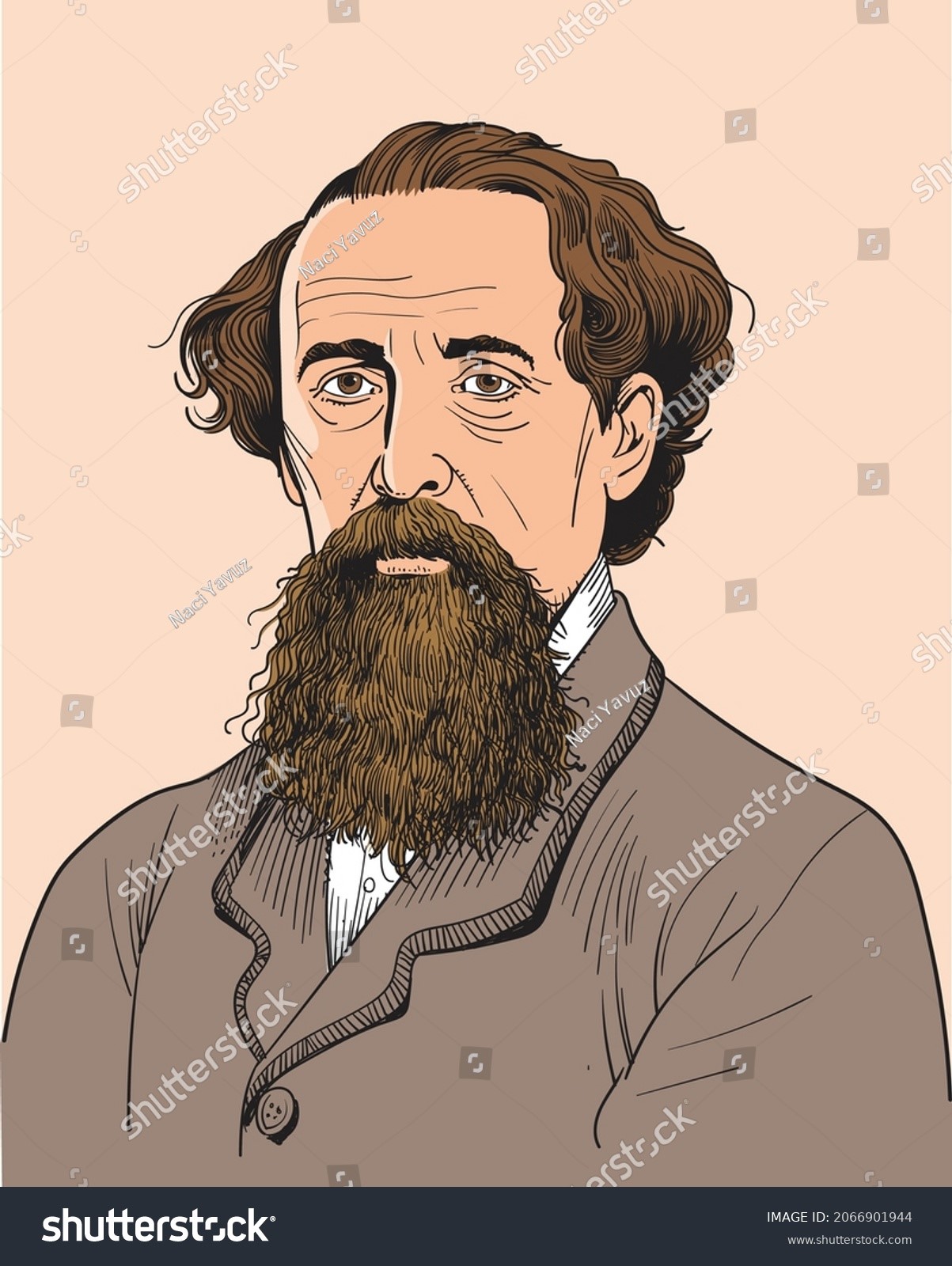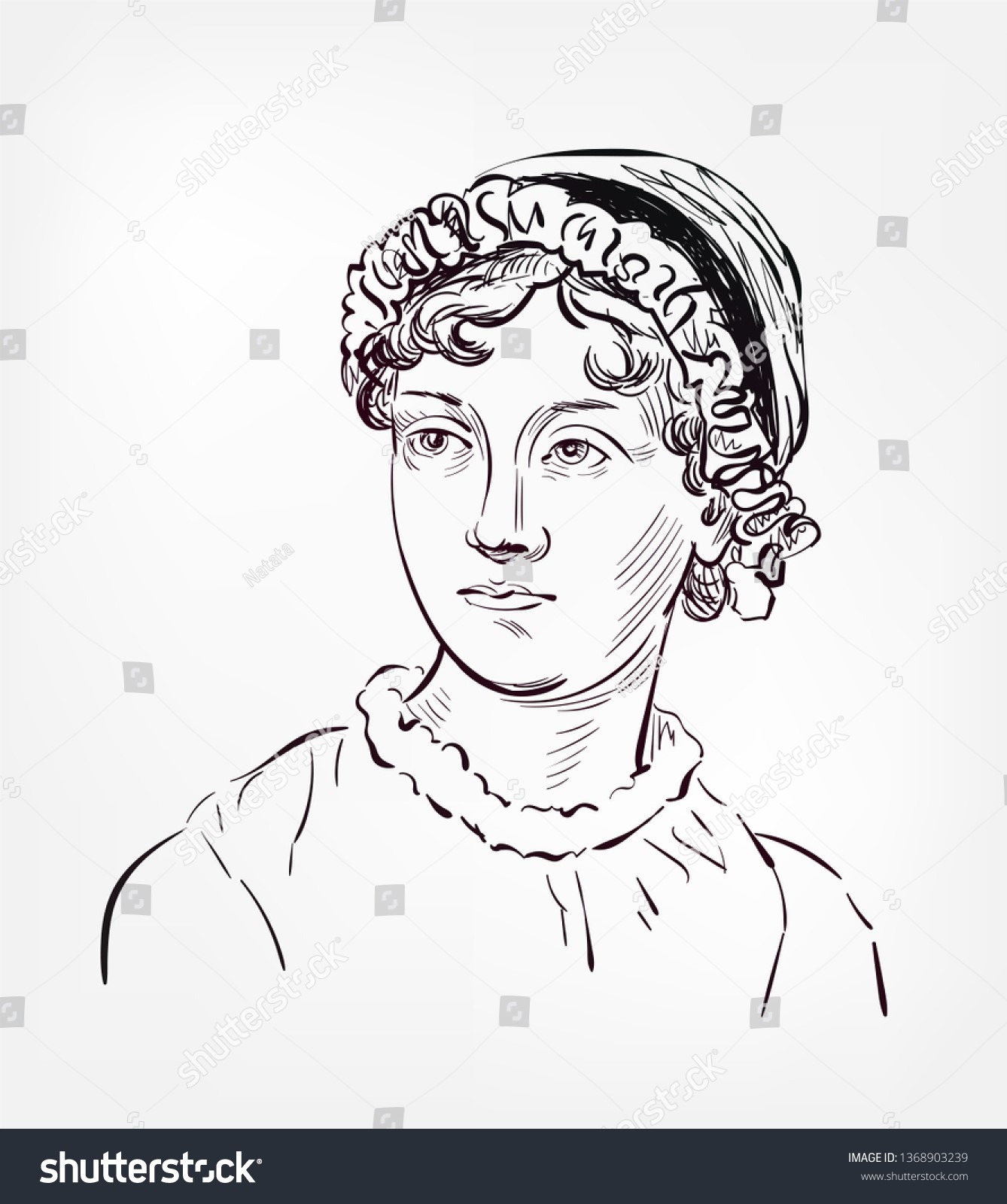Introduction
Virginia Woolf, an English novelist, gained widespread attention in the 20th century. Her novels garnered the most acclaim, despite the fact that she also produced nonfiction, biography, letters, and diaries. Her works are under the modernist literary movement that was popular between the two world wars. Woolf’s writing style, known as stream of consciousness, is a literary technique that uses a character’s continuous internal monologue to create a more lifelike portrait of that character.
Life
Virgina Woolf was born in 1882. Woolf’s writing reflects the quickly developing society in which she lived and worked, including its shifting gender, sexuality, and socioeconomic norms. Woolf was educated at home, with unrestricted access to her father’s extensive library.
Woolf’s first of many mental breakdowns began after her mother’s death in 1895. Her half-sister Stella took charge of the home when she was thirteen years older than Woolf, and Vanessa took over the reins two years later. After Leslie Stephen’s death in 1904 and a subsequent mental breakdown, Woolf attempted suicide.
While she was recuperating, her sister Vanessa moved the family to London’s trendy Bloomsbury neighbourhood. There, Woolf began publishing her works at the Thursday night gatherings with Thoby’s Cambridge friends, which became the germ for the Bloomsbury Group.
At this period, Stephen and his four siblings travelled to Paris and Italy in 1904, and then to Greece two years later, when typhoid fever hit Woolf and Thoby, ultimately claiming Thoby’s life.
In 1912, Woolf married Leonard Woolf, a member of the Bloomsbury group and a recent returnee after seven years of duty in the Ceylonese civil service. Not long after, she attempted suicide again, and the next three years were marked by extreme emotional pain. At this time, Woolf wrote and published her first novel, The Journey Out, in 1915.

Virginia Woolf
Two years later, in the basement of their house, the Woolfs founded their own publishing house, the Hogarth Press, which went on to print works by Sigmund Freud, T. S. Eliot, Katherine Mansfield and other authors in addition to Woolf’s.
Desmond MacCarthy, a Bloomsbury Group member writing as “Affable Hawk,” and Virginia Woolf argued about women’s intellectual capacities in 1920s letters written to the New Statesman’s editor.
Woolf continued to write and publish during the 1930s and 1920s, creating a number of further books and articles. In 1941, Woolf self-immolated in the River Ouse after stuffing her pockets full of rocks out of anxiety that she was about to experience another mental breakdown.
Works
The city, time, the subconscious, perception, and the impacts of war are only few of the primary topics explored by Woolf in her writing. Woolf is known for her novels, particularly Mrs. Dalloway, but she also wrote a number of short stories.
Virginia had begun her first novel a number of years before she married Leonard. The piece was first published under the title Melymbrosia. After nine years and many draughts, 1915 saw the publication of The Journey Out.
To the Lighthouse, another critical darling, was acclaimed for its innovative first-person point of view.
Set against the beautiful backdrop of the Scottish Island of Skye, this modernist classic delves deep into the complexities of human connection.
Woolf found in Sackville-West the inspiration for Orlando, her 1928 novel about an English nobleman who mysteriously changes into a woman at the age of 30, and who then outlives three centuries of English history.
Based on her lectures at women’s institutes, Woolf published the feminist essay A Room of One’s Own in 1929.
The Waves (1931), a play-poem constructed in the six voices of distinct characters, was Woolf’s next work that pushed the boundaries of the narrative.
Virginia Woolf’s final work was The Years, a multi-generational family saga.
The next year saw the publication of the essay Three Guineas, which continued the feminism and environmentalism of A Room of One’s Own while also tackling Nazism and war.
She won widespread acclaim for her ability to seamlessly incorporate surreal elements into otherwise high-stakes narratives.
Conclusion
Virginia Woolf used the “stream of consciousness” technique to convey both the montage-like a memory’s impression and the inner lives of her characters. Woolf’s “stream of consciousness” style is a literary approach that employs a character’s continual internal monologue to paint a more realistic picture of that person.
Frequently Asked Questions
1. What was Virginia Woolf’s outlook on life?
Ans. Virginia Woolf believed that life was full of beauty and joy, but also full of pain and sorrow. She believed that life was a complex and ever-changing experience, and that it was important to embrace both the good and the bad. She also believed that life was a journey, and that it was important to take risks and explore new ideas and experiences.
2. What social impact did Virginia Woolf have?
Ans. Her works, particularly To the Lighthouse and Mrs. Dalloway (1925), are what made her most famous (1927). She also published groundbreaking studies on literary theory, women’s writing, power politics, and artistic philosophy.
3. What influenced Virginia Woolf’s views on men?
Ans. Virginia was influenced by feminism as an adolescent. The close relationship she had with her parents—the beautiful wife of accomplished and distinguished Leslie Stephen and he himself—had a major impact on Virginia’s perspective on men. She was consistently there for him, ready to listen and cheer him on.








